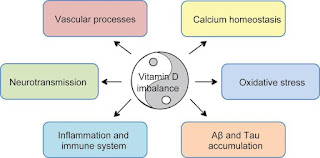The Management of Acute Ischemic Stroke
Until recently, recombinant tissue plasminogen activator (r-tPA) was the only acute ischemic stroke treatment. However, only 4–8% of patients with ischemic stroke truly receive r-tPA, in part due to the limited time window for treatment. In 2008, the ECASS-3 trial prolonged the window for r-tPA eligibility from 3 to 4.5 hours after symptom onset, with additional exclusion criteria which increased r-tPA utilization by as much as 20% in some centres. In 2015, the introduction of advanced endovascular treatment methods further expanded this treatment window to select patients to up to 7 hours from symptom onset. Rapid assessment of suspected stroke patients to regulate eligibility for these treatments, therefore, remains a critical step. Systems and courses to efficiently identify suspected stroke patients as early as possible and quickly deliver acute reperfusion therapy are now commonplace. Further technological advances using tele-stroke and mobile stroke units in the prehospital setting have increased r-tPA utilization and reduced delays to treatment. This review will discuss the most recent progress in acute stroke treatment and improved systems for their delivery in current practice.
The most effective treatment for acute ischemic stroke is timely reperfusion of the causative vessel occlusion via r-tPA and/or mechanical thrombectomy. Reperfusion improves outcomes by dropping the volume of brain tissue injury. Therefore, a small core infarction with a large penumbra (viable but ischemic tissue) is the ideal target for acute reperfusion therapy. As time from initial stroke increases, the penumbra is quickly substituted by infarcted tissue. Therefore, swift reperfusion preserves tissue in the penumbra while reducing the size of the final infarct core, thereby limiting the volume of injured tissue and reducing disability from stroke.
Since 2015, there have been five clinical trials showing the efficacy of endovascular thrombectomy in addition to standard management, typically r-tPA, in refining outcomes of acute ischemic stroke patients with proximal internal carotid artery (ICA) or middle cerebral artery (MCA) occlusions, sensible to severe stroke severity, and presenting within 12 hours of symptom onset. Overall, there was over dual increased odds of a good outcome (independent of activities of daily living) with endovascular therapy compared to standard medical management with no growth in harm such as major intracranial bleeding. Because of these studies, the American Heart Association/American Stroke Association (AHA/ASA) released an update in 2015 to their acute stroke management guidelines that recommended endovascular therapy for these select patients with acute ischemic stroke.



Comments
Post a Comment